Did you ever see a chess master play twenty games at once? Have you wondered at (and perhaps envied) his confidence and ease as he stops for a few seconds at each board, gives the position on it a moments consideration, and then casually makes a move?
Does he move quickly because he knows dozens of openings with hundreds of variations by heart? Hardly, because most of the games in such exhibitions take original turns which are not to be found in the books. Does he analyse every conceivable combination of moves at lightning speed? Or does he count on some infallible instinct to guide him through the strangest positions? If so, he would have to analyse faster than a computer or rely on being inspired a thousand times in an evening.
How does he do it? If we could follow his thought processes, if we could persuade him to tell us the meaning of each move as he makes it, we might learn the answer.
In this book we persuade him. We find out from the master the purpose of every single move he makes in the course of a game. We follow the ideas, the methods, the very thoughts of a master as he outlines them in simple detail. We learn the inner workings of his mind, and thus acquire the knowledge yes, the instinct for recognizing good moves and rejecting inferior ones.
To acquire this instinct it is not necessary to memorize countless opening variations, or to burden your brain with lists of formulae and principles. True, there are principles that govern proper procedure, and applying them will help you build up strong, sound, winning positions. But you will familiarize yourself with them painlessly not by rote but by seeing their effect in the progress of a game.
Added to the pleasure of understanding every bit of play as it unfolds and chess is the most exciting game in the world is the fascination of watching the mental workings of a master as he reveals the wealth of ideas that occur to him in every new situation. We will learn from him the great advantages to be derived from a knowledge of positional play. It is an understanding of positional play that restrains the master from embarking on premature, foolish attacks and that checks the natural impulse to hunt for combinations at every turn. It counsels him in the placing of his pieces where they have the greatest potential for attack and tells him how to seize the vital central squares, to occupy the most territory and to cramp and weaken the enemy. And it is positional play that assures him that definite winning opportunities will then disclose themselves, and decisive combinations will appear on the board. The master does not search for combinations. He creates the conditions that make it possible for them to appear!
Every single move of every game will be commented on, in simple, everyday language, and whatever analysis is needed to detail the full effects of a move or clarify a motive will be clear-cut and to the point. Frequent repetitions of the purpose of each move will impress upon you the importance of certain basic concepts. After you have been told again and again that in the opening Whites kings knight works best at f3, and that rooks should control the open files, you will know that such strategy, such development of these pieces, is generally good. You will understand as well as any master does what moves to look at first when you select a good spot for a knight or a rook.
This does not mean that you will accustom yourself to play thoughtless, superficial chess. You will learn when and how to apply helpful principles, and when and how to defy convention. You will acquire the habit of making good moves as easily as a child absorbs a language by hearing and speaking it, and not by studying its rules of grammar.
Each game that you play through will be an exciting adventure in chess in which courage, wit, imagination, and ingenuity reap their just reward. It is by appreciating and absorbing what they teach so pleasurably that we can best learn to play Logical Chess, Move by Move.
Irving Chernev
May 1, 1957
This book uses the universally accepted algebraic notation, in which each chess move is written using a simple system of coordinates similar to map references.
By a generally accepted convention, chess diagrams such as the above are always presented from Whites point of view; i.e. White started the game at the bottom of the board. Indeed, his king stands on its original square.
The vertical rows of squares, called files, are lettered a to h from left to right. The horizontal rows, called ranks, are numbered from 1 to 8, beginning at the bottom of the diagram, i.e. from Whites side. Each square lies on the intersection of a file and a rank, for example the lines in the above diagram show that the white knight stands on the intersection of the d-file and the fifth rank. Thus the square on which the knight stands is referred to as d5.
In a similar way, the rook stands on a3, the bishop on d6, the pawn on e4, the queen on h5, the white king on e1 and the black king on b8.
The above diagram shows how the men are set up at the start of the game, with a players eight pieces placed on the row nearest him and the eight pawns directly in front of the pieces.
When recording the moves of a game, first the piece is given and then the square to which the piece moves. For example, if White plays the move indicated by the arrow, moving his knight from g1 to f3, then we write the move  f3 . As is usual in books, we use figurines to denote the piece in chess notation;
f3 . As is usual in books, we use figurines to denote the piece in chess notation;  for king,
for king,  for queen,
for queen,  for rook,
for rook,  for bishop and
for bishop and  for knight. No figurine is used in the case of a pawn move. When writing moves down by hand (for example when keeping the record of a game played in a tournament), it is usual to use the first letter of its name instead of a figurine K for king, Q for queen, R for rook, and B for bishop. As the letter K has already been used for the king, the knight is normally denoted by N.
for knight. No figurine is used in the case of a pawn move. When writing moves down by hand (for example when keeping the record of a game played in a tournament), it is usual to use the first letter of its name instead of a figurine K for king, Q for queen, R for rook, and B for bishop. As the letter K has already been used for the king, the knight is normally denoted by N.
There are a few other symbols that are important in chess notation:
| x | captures |
| 0-0 | castles on the kingside |
| 0-0-0 | castles on the queenside |
| + | check |
| ++ | double check |
| # | checkmate |
| ! | a good move |
| !! | an excellent or brilliant move |
| ? | a mistake |
| ?? | a serious mistake or blunder |
Finally, in this book the symbol (D) indicates a point in the game at which a chess diagram appears.


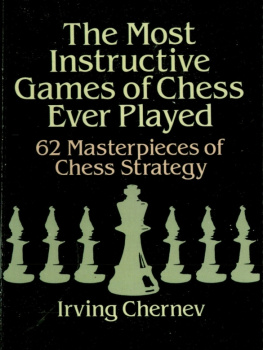
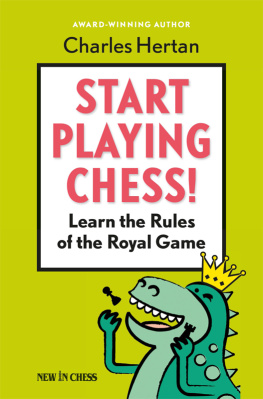
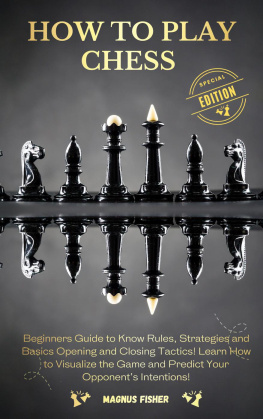
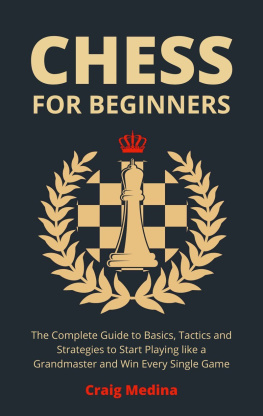
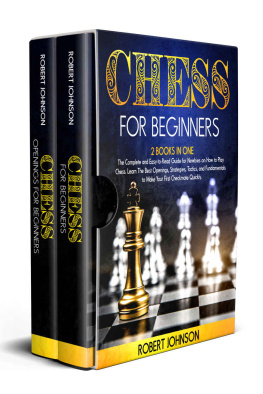
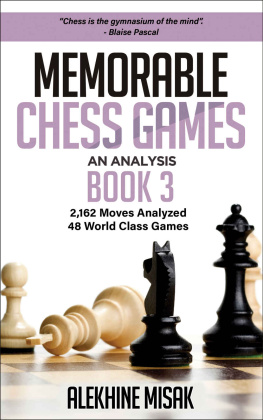
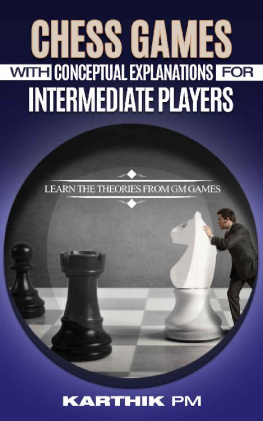
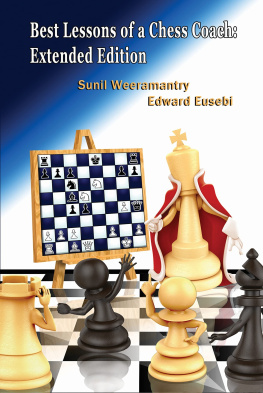
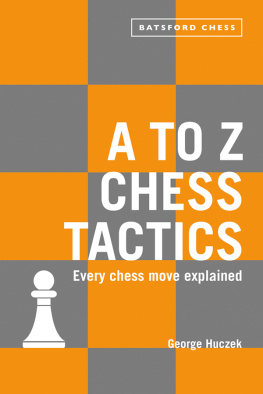
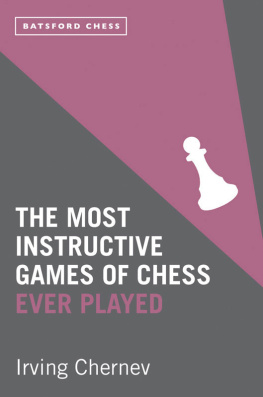
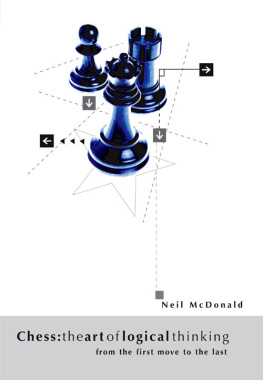



 f3 . As is usual in books, we use figurines to denote the piece in chess notation;
f3 . As is usual in books, we use figurines to denote the piece in chess notation;  for king,
for king,  for queen,
for queen,  for rook,
for rook,  for bishop and
for bishop and